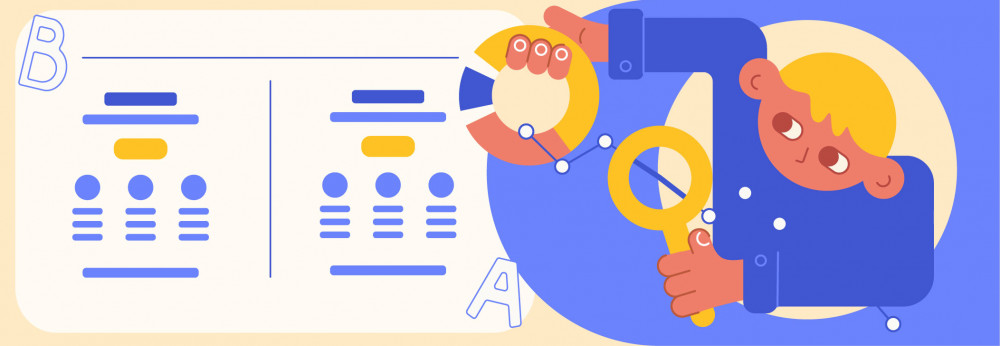Ultimate guide to A/B testing in marketing
Nowadays, people live in the digital world, and marketers must drive their marketing data there. If in the past, brands had to guess and predict how to make the best out of their marketing campaigns, everything can be automated. Marketers have all resources to make a scientific approach in their work. For this matter, the a/b testing is perfect when it comes to creating strategies for a digital environment. Our guide below will discuss how to make the best out of a/b testing.
What is a b testing?
A/B testing or split testing is known as a marketing test where the marketer divides the brand’s audience to test various campaign versions and see which one works best. Simply put, the market can introduce half of their target market A version of their content and the other half show version B.
A/b testing helps marketers understand what works and what does not and get a better perspective in terms of decisions that marketers have to make. Since customers may respond differently to marketing campaigns, marketing a b testing have an advantage for brands in choosing the best one. One content can work better than another.
The main advantage is that brands will get real data about their customer’s demands. A/b testing is used in over 70% of websites. On the other hand, a/b testing requires a lot of management and time resources. Marketers must develop the right a/b testing framework, analyze the statistics, educate themselves on the software, and provide correct results. In the end, the results will be worth it. A b test can be failed if not done correctly. However, the right approach will lead brands in:
- Resolving user experience issues and visitors complaints
- Increasing the efficiency of existing traffic
- Increasing overall user engagement
Marketers can learn which ad copy versions get the most clicks by testing it. They can learn which layout converts visitors to customers the best by testing the subsequent landing page. The overall cost of a marketing campaign can be reduced if each step works as efficiently as possible to acquire new customers.
Product developers and designers can also use A/B testing to demonstrate the impact of new features or changes to a user experience. A/B testing can be used to optimize product onboarding, user engagement, modals, and in-product experiences, as long as goals are clearly defined and a hypothesis is established.
A B Testing in marketing
Depending on what you want to test, a b testing provides a lot of advantages for a marketing team. These tests are beneficial to a company since they are low-cost yet high-reward.
Regarding a b testing, here are some of the most specific aims marketers can get for their businesses:
Enhanced traffic
A/b testing software allows marketers to experiment with blog or webpage titles, affecting the number of visitors who stop by the brand’s website by clicking on the hyperlinked title. This results in enhanced website traffic.
Better conversion
Experimenting with different CTA positions, colors, and even anchor text can vary the number of people that click these CTAs to get to a landing page. This can boost the number of users that fill out forms on your website, provide you with their contact information, and "convert" into a lead.
Lower bounced rates
If your website visitors depart rapidly, a b testing with alternative blog post openers, typefaces, or featured photos will help you lower your bounce rate and retain more visitors.
Reduced cart abandonment
Ecommerce businesses have an issue with cart abandonment when their consumers add products but simply do not make a purchase for various reasons. This is referred to as "shopping cart abandonment," and it is obviously bad for any online company. This cart adornment percentage may be reduced by using a b testing with alternative product photographs, checkout page styles, and even lower shipping prices.
A/B testing framework
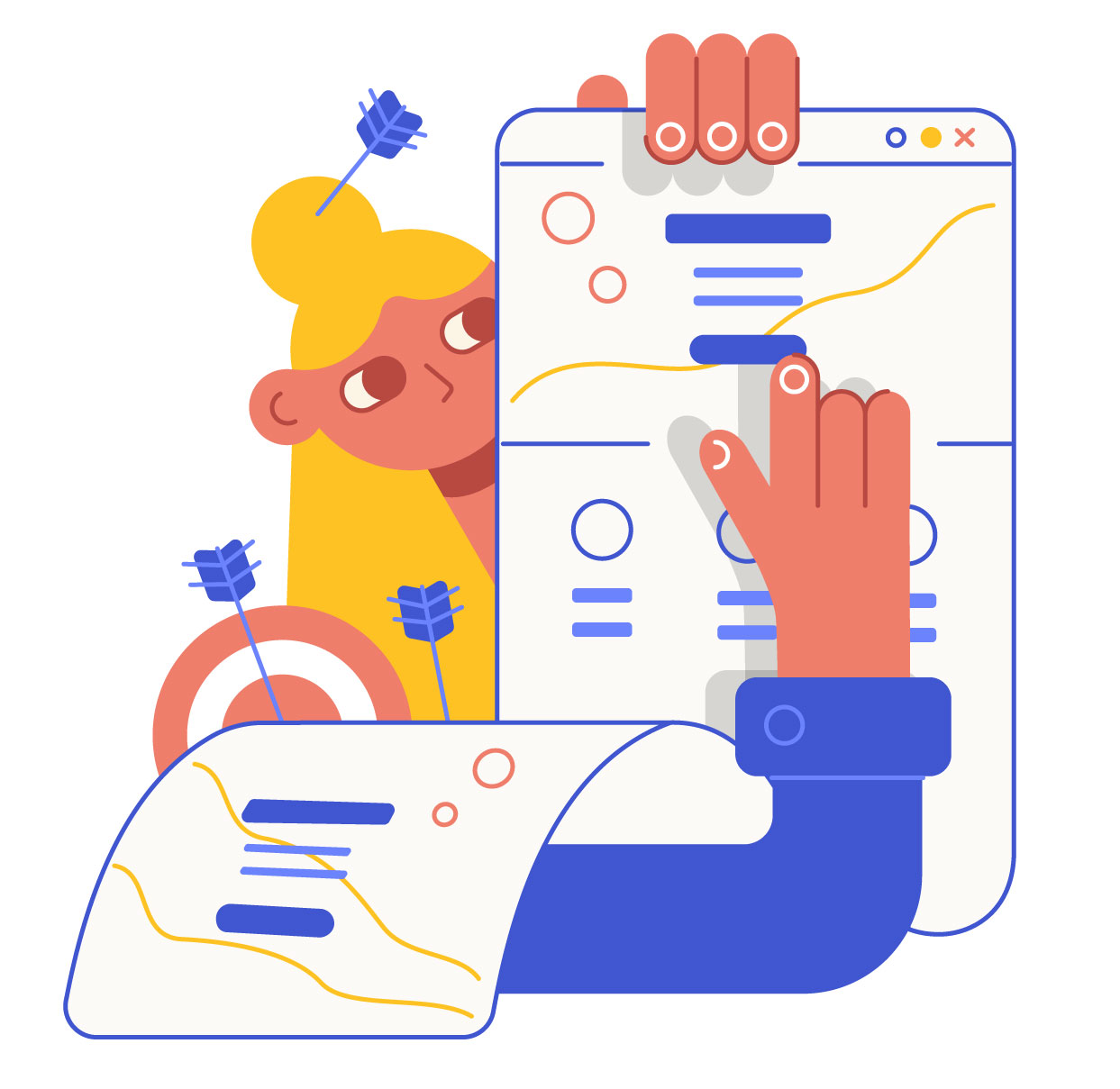
You may get started with a/b testing by using the framework below:
Gather data
Your analytics will typically reveal areas where you may start optimizing. To acquire data quicker, starting with high-traffic regions of your website is best. Look for pages with high drop-off rates or poor conversion rates that may be improved.
Determine your objectives
The conversion objectives are the measurements you'll use to see if the variant is more effective than the original. Goals might range from clicking a button or link to making a purchase or signing up for an email list.
Create hypothesis
Once you've decided on a goal, you can start brainstorming A/B testing concepts and hypotheses about why you think they'll outperform the present version. After you've compiled a list of ideas, rank them by predicted effect and implementation difficulties.
Create variations
Make the needed adjustments to a part of your website experience using your A/B testing software. This might be anything from altering the color of a button to rearranging the order of things on the page to burying navigation elements. A visual editor is available in many popular A/B testing software, making these modifications simple. Make sure to test your experiment to ensure that it functions as intended.
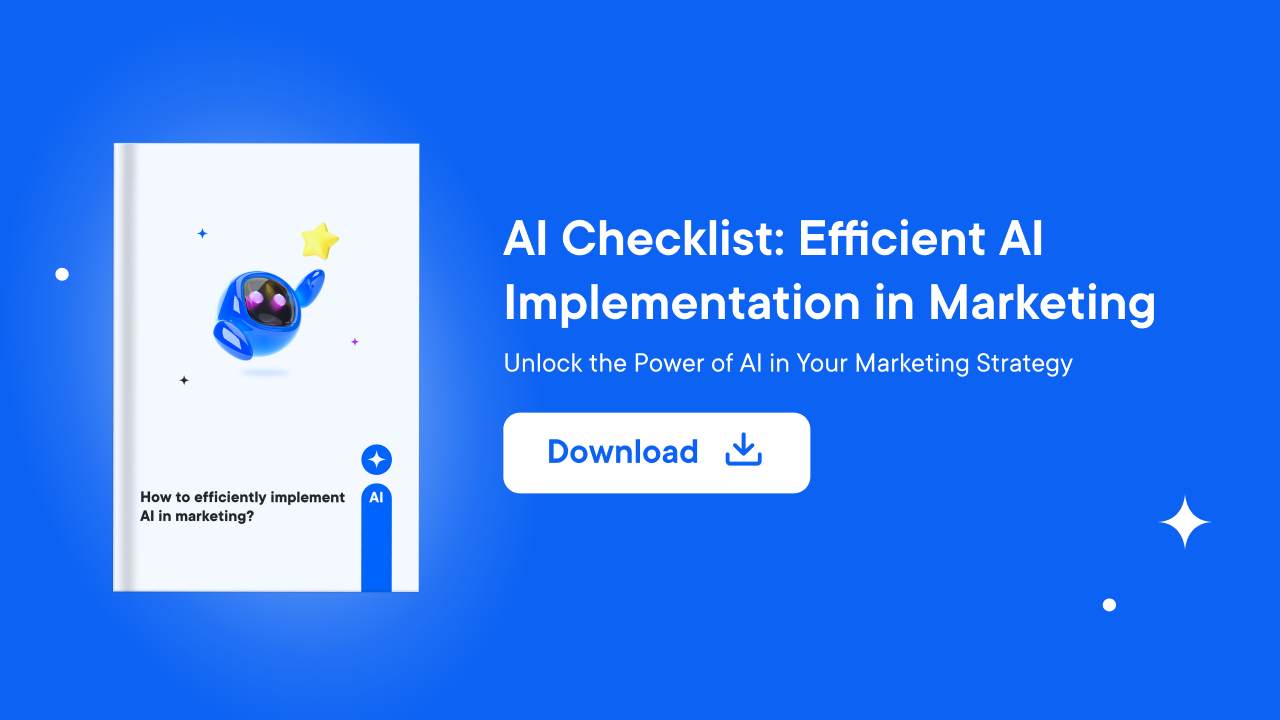
Experiment
Begin your experiment and watch for visitors to come. At this point, your website visitors or app will be randomly assigned to the control or variant of your experience. Their interaction with it is monitored, tallied, and compared to determine how successful each experience is.
Analyze the outcomes
It's time to assess your testing data after it's finished. Your A/B testing program will display the trial results and show you the difference in performance between the two versions of your website, as well as if the difference is statistically significant.
Examine whether you can use what you learned from the trial on other pages on your website and keep iterating to enhance your results. Don't be concerned if your experiment yields a negative or no outcome. Use the experiment as a learning tool and come up with fresh hypotheses to test. Whatever the conclusion of your experiment, utilize it to influence future testing and iterate on improving the experience of your app or website.
A/B testing tools
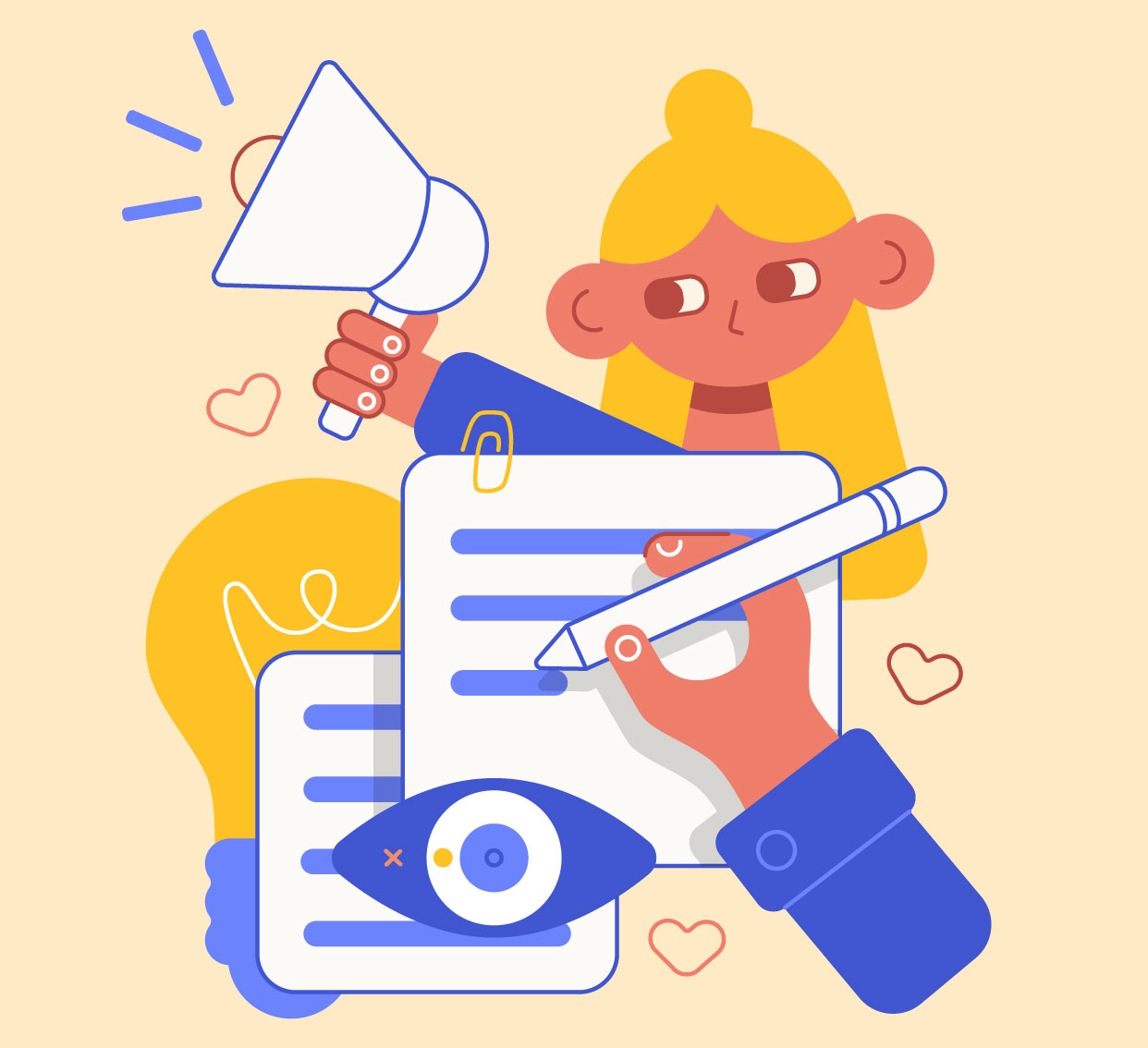
We made a list of free and paid a/b testing tools that you can start with:
Google Analytics and Google Optimize
Google Optimize is highly recommended for experimenters just starting with the a/b testing platform. This tool, which is Google’s product, allows you to develop and test several website versions to see which works best.
Since Google Analytics backs it, you'll also have a powerful research tool in your toolbox. A/B testing, split URL tests, and multivariate tests are all possible with Google Optimize. However, if you want to conduct more complicated tests, you need to upgrade to Optimize 360, which has many more testing features and services.
Five Second Test
You may use this tool to test any website element, including a logo, graphic design, wireframe, app design, prototype, or copy, and obtain quantitative and qualitative visitor feedback. You may utilize this information to improve your website design and shift your company KPIs in the direction you want them to go.
Adobe Target
Adobe Target is an enterprise-level application that offers A/B testing and personalization services. It has a simple Google Analytics interface and delivers reports that may be used for UX testing, personalization, and changing marketing offers.
Like other A/B testing tools, the platform walks you through a three-step testing setup process that allows you to generate variants, target audience groups based on your experiment hypothesis, and adjust the test's goals and parameters. Due to seamless communication between products, Adobe Target is better suited for clients that utilize the whole Adobe marketing suite.
Want to learn other tools? Check out our comprehensive guide on A/B testing platforms.
A B testing examples
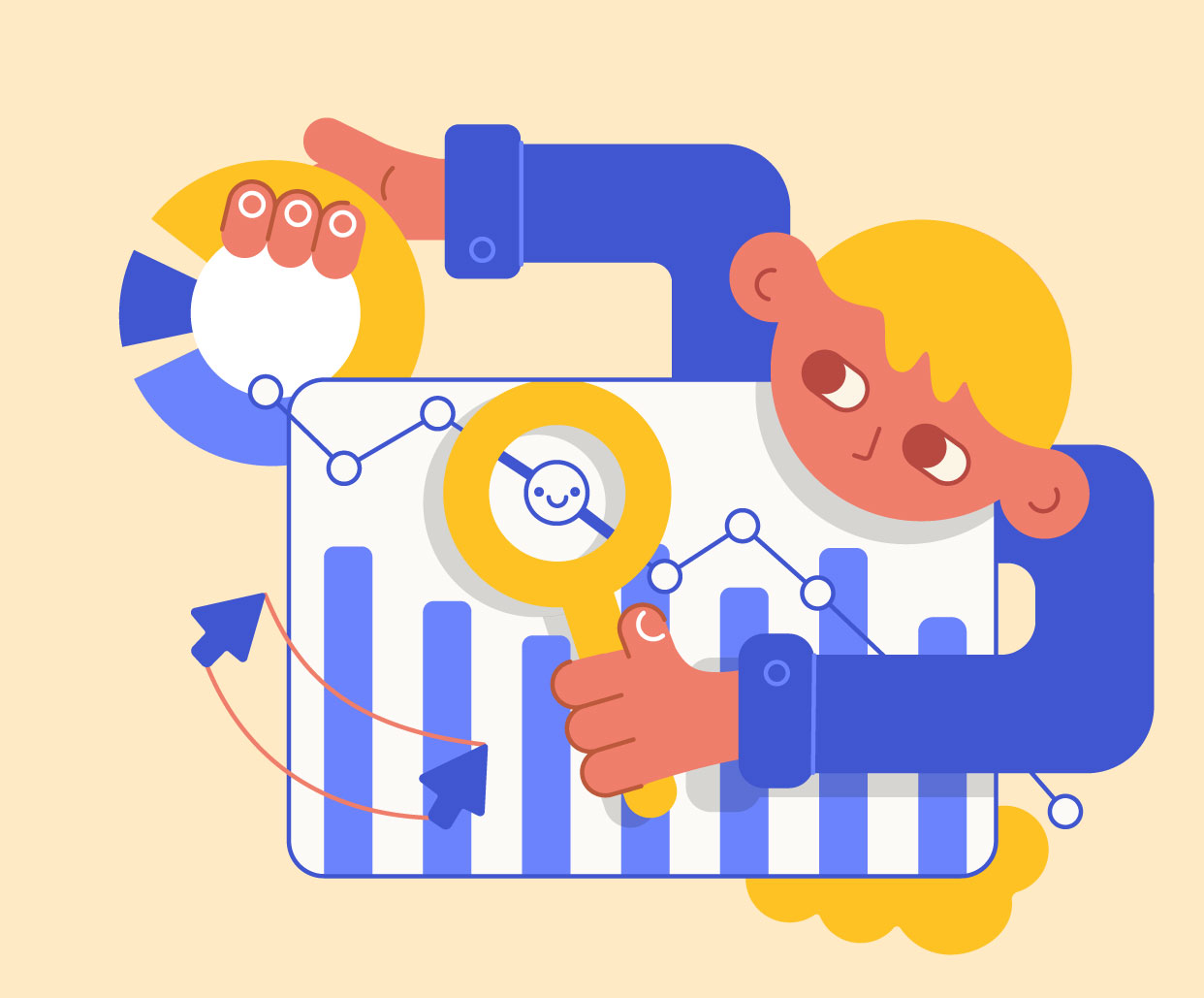
Netflix
Everyone is well aware of Netflix and its high-quality movies and tv series. But how do they manage to create such a good user experience? Netflix uses organized and thorough a/b testing to offer this kind of UX, which other similar streaming services cannot achieve. Before deploying any changes to Netflix's website, it undergoes a rigorous a/b testing procedure. The usage of personalization is one example of how they do it.
Netflix's homepage makes considerable use of personalization. Netflix customizes the homepage for each user based on their profile to deliver the best possible experience. Based on the users' streaming history and preferences, they select how many rows go on the site and which shows/movies go into the rows.
They go through the same process with movie or series title pages. Netflix personalizes what titles are most likely to view, the thumbnails we see on these sites, the title language that entices us to click and conclude whether or not social proof helps us make a decision.
Amazon
Amazon also goes through a lot of steps before they make decisions. People working on Amazon's website optimization don't make any adjustments they make from the air. Amazon is able to provide the type of user experience it offers because of continual and organized A/B testing. Every modification to the website is first tested with the target audience before being implemented. Suppose you look at Amazon's buy funnel. In that case, you'll note that, while it resembles other websites' purchase funnels in many ways, each and every aspect is appropriately optimized and meets the audience's expectations.
Every page, from the homepage to the payment page, simply provides the most important information and directs customers to the next logical step in the conversion funnel. Additionally, each step is streamlined to its fullest potential utilizing deep user insights and website data to fit consumers' expectations. The cart page also promotes related goods so buyers may return to the website and continue purchasing. All of this is accomplished using a/b testing.
Conclusion
After reading this ultimate A/B testing guide, you should be able to build your own strategy and make great results. Follow each step carefully and be mindful of any significant or tiny errors you could make if you don't give data the attention it deserves. When it comes to increasing your website's conversion rates, a b testing is essential.
A/B testing may decrease a lot of the risks associated with launching an optimization program if done with total devotion and with the knowledge you now have. It will also assist you in significantly improving the user experience of your website by removing any weak connections and creating the best-optimized version.
